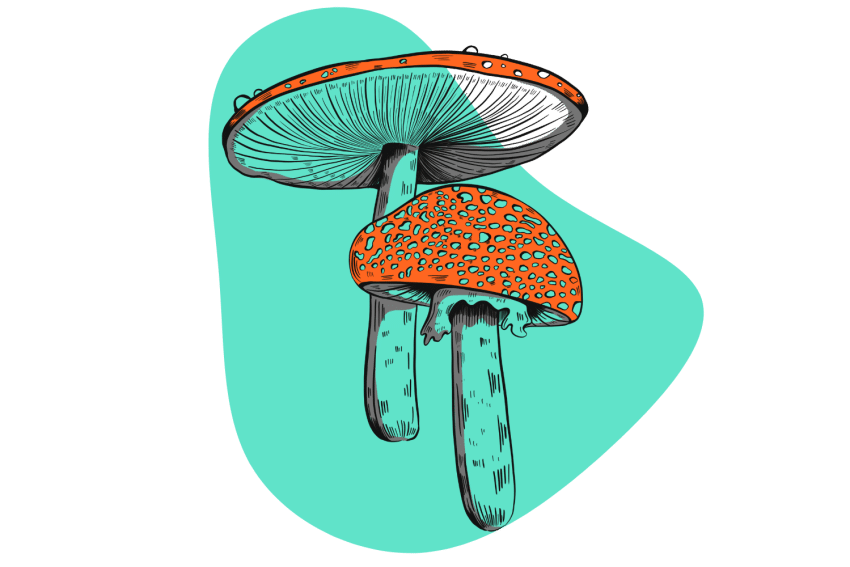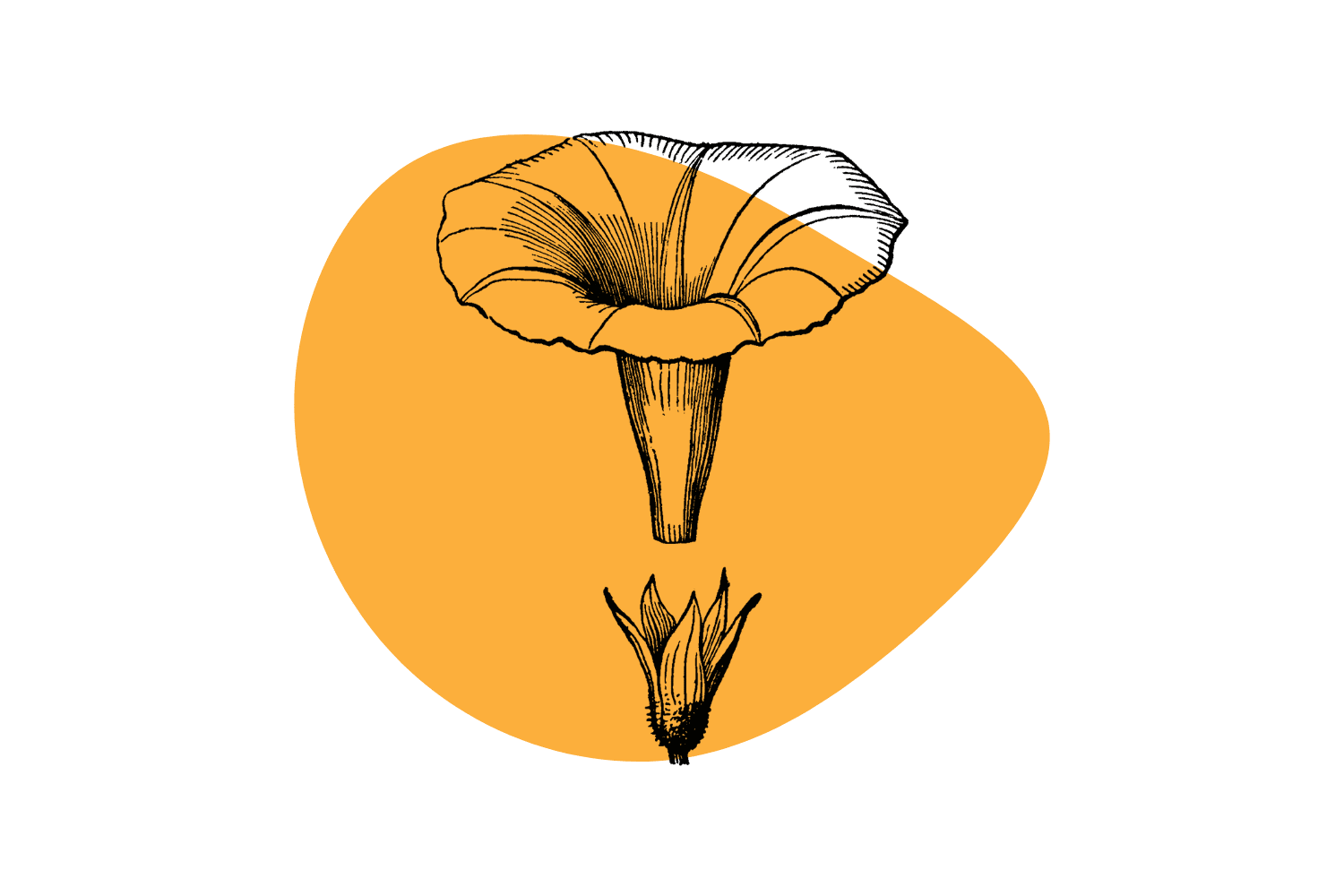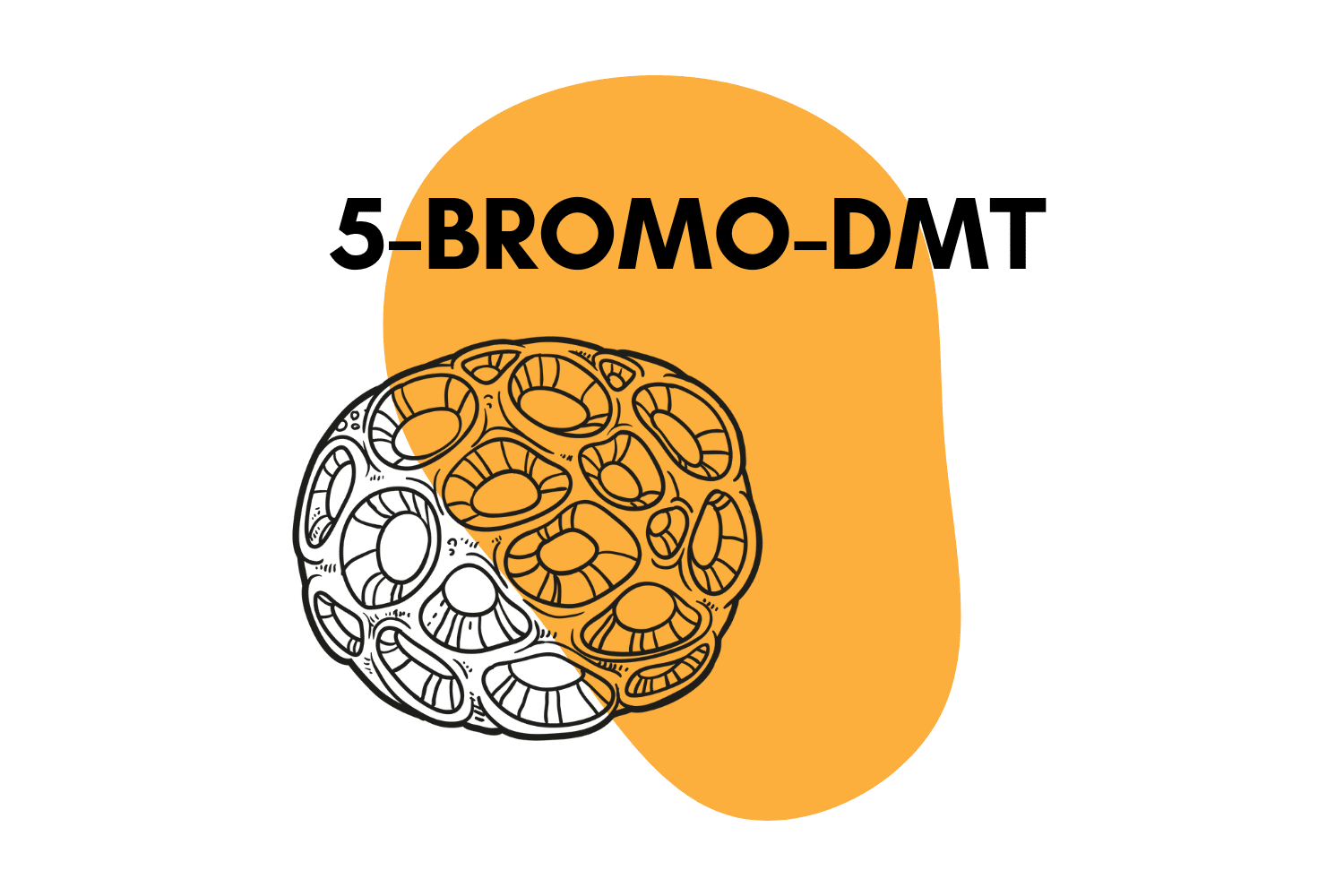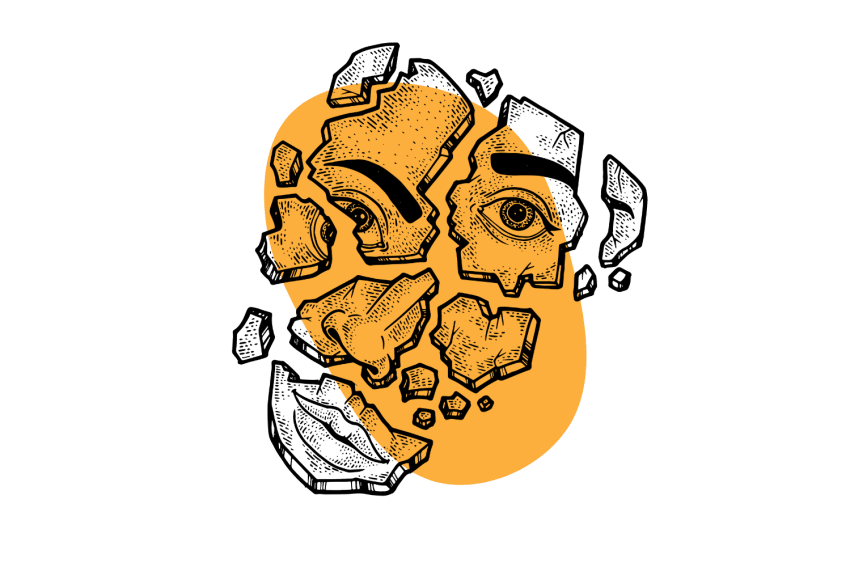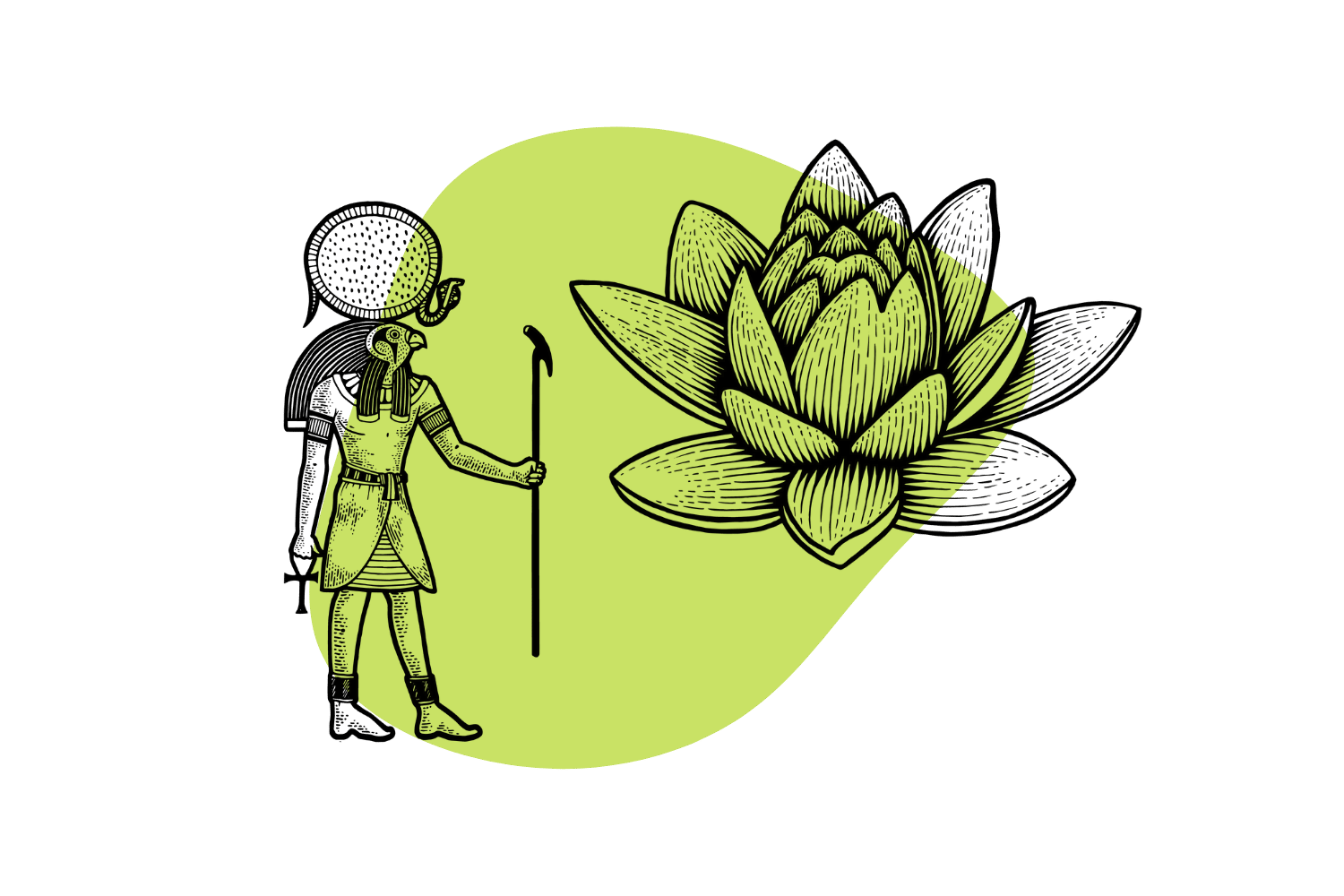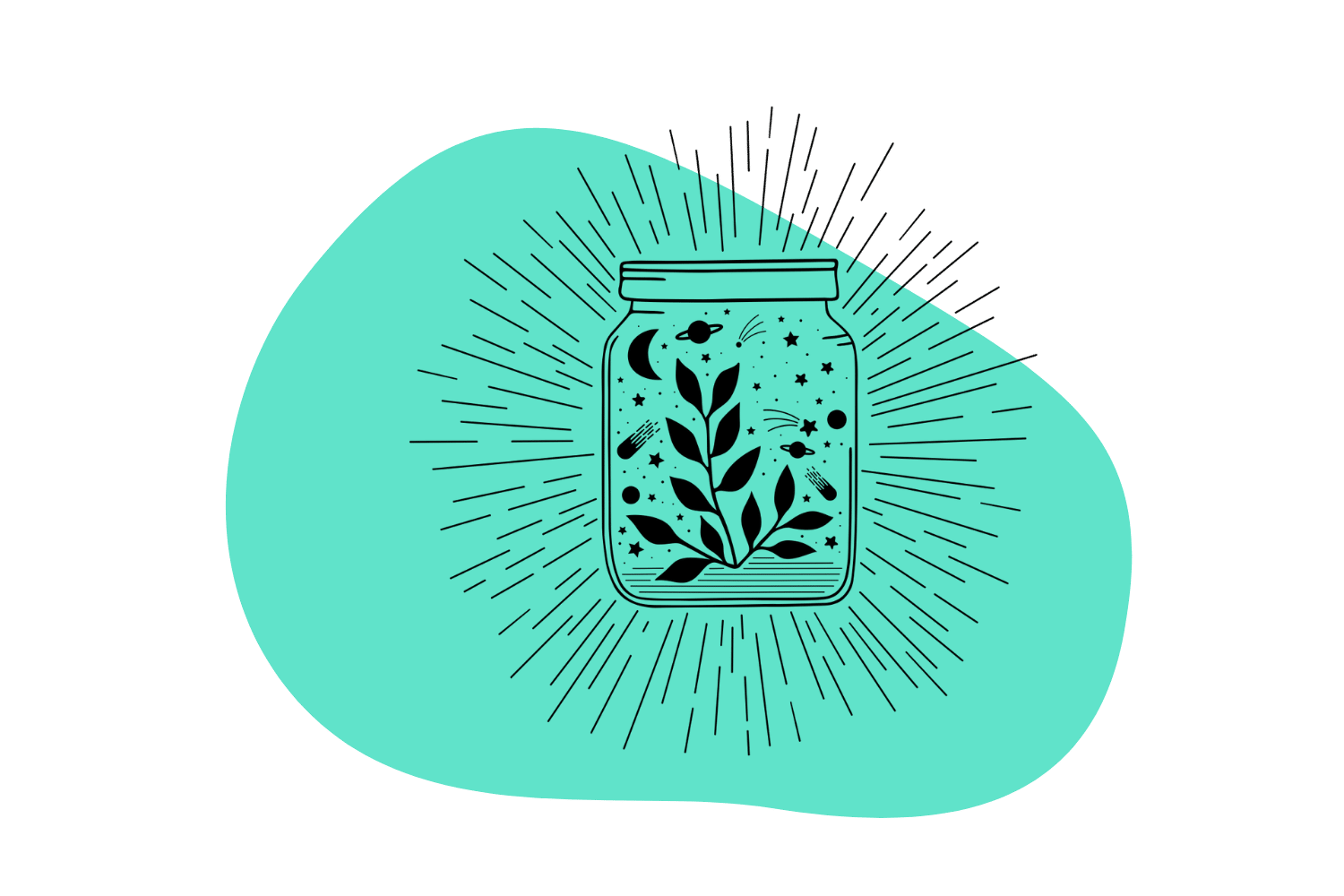Lucid Dreaming: 15 Tips & Tricks To Get Started
Anybody can learn to control their dreams — here’s how to do it.
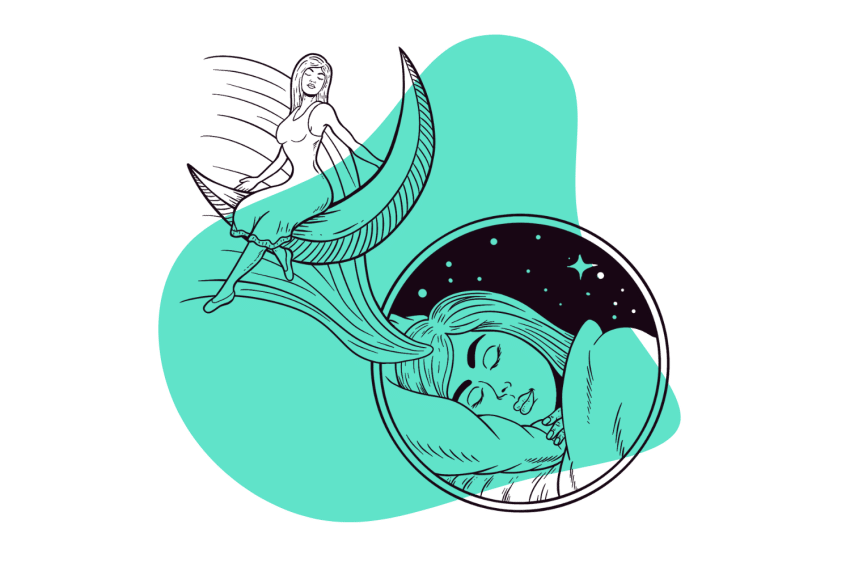
There are many reasons someone may want to learn how to lucid dream.
Some learn it because it’s fun; others do it for its more practical applications — such as tapping into new creative insights, understanding the depths of our psyche, or tackling mental illness.
Absolutely anybody can learn how to lucid dream. With time, patience, and a little bit of luck — you, too, can learn to fly through the night sky like Peter Pan.
This is a big topic, so feel free to jump around.
This is lucid dreaming 101.
The Basic Formula For Lucid Dreaming
We’re going to cover several tried and tested methods for lucid dreaming, but most of them share a similar pattern:
- FILN Method — Wake up and fall back asleep while tapping your fingers.
- WILD Method — Wake up and fall back asleep by putting yourself in a trance.
- MILD Method — Wake up and fall back asleep while chanting a mnemonic phrase.
- DILD Method — Induce dreams using dream herbs that are so absurd you’ll realize you’re asleep.
- SSILD Method — Wake up and fall back asleep while cycling through somatic sense exercises.
- Castaneda Technique — Use your hands as a reality check.
There’s no right or wrong way to do it — most people pick and choose the techniques that make the most sense to them. We’ll cover each of the methods mentioned above in detail later on.
Here are the basic steps that enable people to become lucid dreamers:
- Optimize your sleep to increase the amount of time spent in REM sleep.
- Wake up right before your final REM cycle and then go back to sleep — called WBTB (wake back to bed).
- Develop a habit of questioning your reality to increase the odds of realizing when you’re in a dream.
- Develop a habit of recording your dreams to improve dream recall.
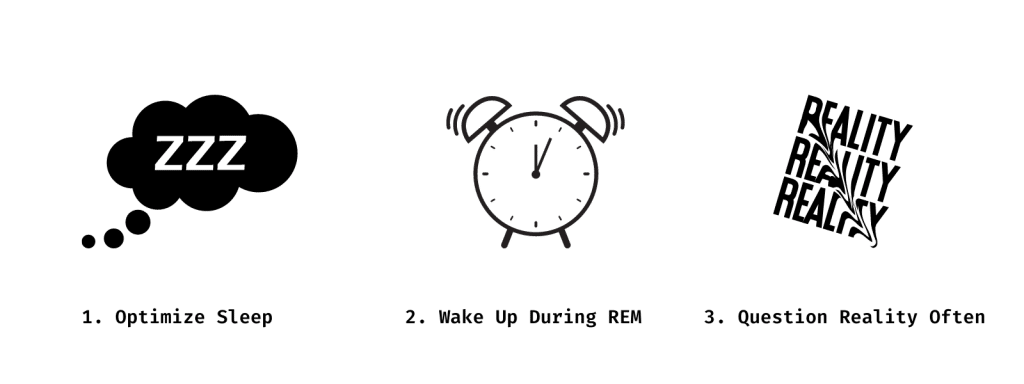
What is a Lucid Dream?
A lucid dream is any dream you’re consciously aware of.
Put simply: if you know you’re dreaming, you’re having a lucid dream.
All other dreams are referred to as non-lucid — you have no idea you’re dreaming during these experiences.
Lucid dreams occur specifically when we’re in REM sleep. We go through four or five cycles of REM sleep throughout the night, each one gradually increasing in duration. The first cycle is around 10 minutes long, and the last cycle is roughly an hour.
During a REM cycle, our body and mind become more active. Respiration and heart rate increase, and electrical activity in the brain increases. Scientists believe this stage of sleep is critical for memory consolidation, emotional processing, and maintenance of mental schema (more on this later).
On very rare occasions, our unconscious can enter REM sleep and begin dreaming while our conscious mind remains awake. This is what allows users to experience a lucid dream.

Lucid dreams can happen spontaneously, but it’s rare. Most people who can lucid dream have learned ways to “trick” their unconscious mind to fall asleep while keeping their conscious mind awake.
There’s no universal “best method to induce lucid dreaming.” I recommend trying a few of them until you find one that works for you.
What Are the Benefits of Lucid Dreaming?
Lucid dreaming can be an incredibly rewarding experience. There are many reasons to take on this practice — some do it for fun, others do it for more metaphysical reasons.
Here are four reasons why you may want to consider lucid dreaming:
1. Lucid Dreaming Is Fun
Who doesn’t want to fly around through the night sky at will, become the master of your universe, create and destroy worlds at the snap of your fingers, or explore outlandish environments all within the safety of our own mind?
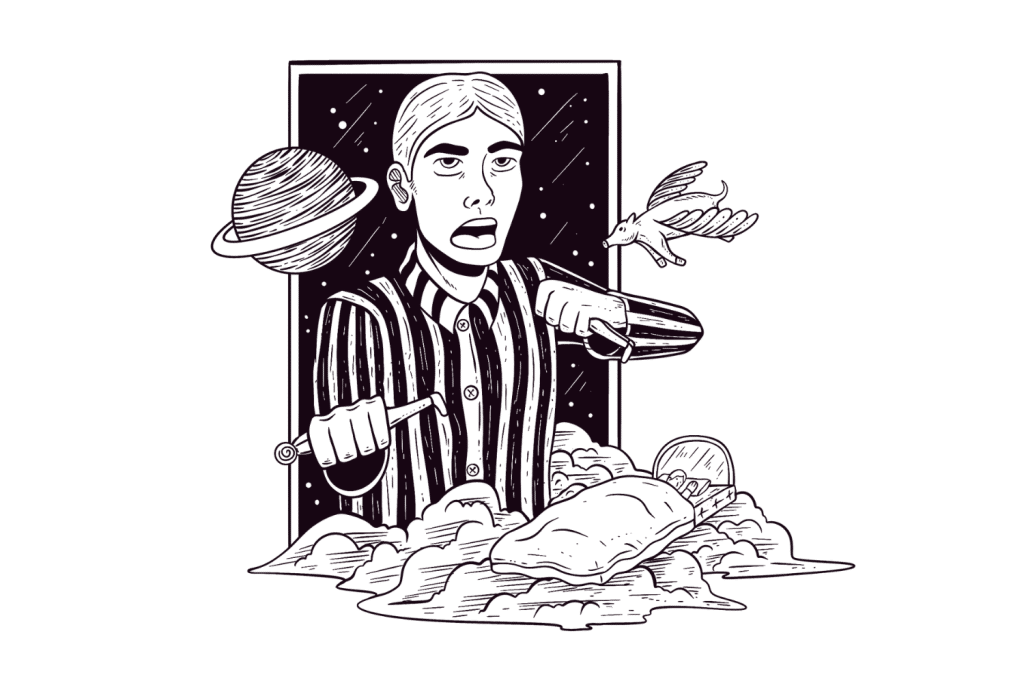
Lucid dreaming is ultimately one of the most fulfilling and enjoyable experiences we have available. And the best part is it’s free for anybody, regardless of your financial situation or physical location. As long as you have a place to rest your head, you can engage in lucid dreams.
2. Lucid Dreaming May Offer a Glimpse Into Our Psyche
Beyond simply being a fun, trippy experience, lucid dreaming offers some practical benefits, such as providing us a window into our unconscious mind.
Psychologists Carl Gustav Jung and Sigmund Freud both believed that imagery and symbolism in our dreams can tell us a lot about our true selves.
Freud wrote The Interpretation of Dreams in 1900, which postulated that our dreams represent disguised urges and desires. Analyzing them can help us better understand our true wishes and desires — regardless of how uncomfortable they make us feel.

Carl Jung also wrote about dreams quite often (see Volumes 4, 8, and 12 of The Collected Works of C. G. Jung). He believed dreams offer us glimpses into our collective unconscious and personal unconscious, which can be used to improve our wholeness as an individual — a process he referred to as individuation.
Related: What is Shadow Work?
3. Lucid Dreaming Can Help Us Grow Spiritually
A Buddhist practice called “Dream Yoga” involves meditating in a lucid dream so as to break free from the barricades established by the ego during waking consciousness.
The idea is that we’re the most spiritually awake during deep, dreamless sleep and most spiritually asleep during waking life.
Put another way, the deeper down the rabbit hole we go, the closer we get to collective consciousness.

Practitioners of dream yoga suggest that learning how to enter lucid dreams and pondering what it means to be “conscious” during this state can help us achieve a greater level of enlightenment in waking life.
4. Lucid Dreaming May Help With Recurring Nightmares
Nightmares are dreams characterized by agonizing dread, despair, hopelessness, or anxiety. They often lead to physical changes, such as shortness of breath, rapid heart rate, cold sweats, or teeth grinding.
Frequent nightmares are most commonly associated with children, but they can happen in adulthood as well, affecting an estimated 4–10% of the population [7]. Nightmares are especially common in people suffering from post-traumatic stress disorder (PTSD) and are even considered a hallmark of the disorder [6].
Related: How Psychedelics Are Being Used To Heal PTSD.
A 1987 paper published by esteemed dream researcher, Gordan Halliday described four key components that give nightmares their power [3]:
- The believed significance of the dream.
- Dreadful or anxiety-inducing storylines.
- The perceived realism of the experience.
- The lack of control the dreamer has over their experience.
Treating nightmares, therefore, relies on removing one or more of the above traits. Lucid dreaming offers a solution to all four.
There are three ways lucid dreaming is used to help prevent or treat nightmares:
- By allowing the dreamer to realize the experience they’re living is just a dream, and the nightmare isn’t taking place in the physical world.
- By altering anxiety-inducing storylines of the dream by modifying the content of the nightmare.
- By providing a sense of control over the experience.

A Canadian study published in 1997 examined the effects of lucid dream therapy (LDT) on 5 patients diagnosed with nightmare disorder [5]. The study reported the treatment was successful in all 5 patients. Four of the patients experienced a full remission of their condition; the final participant had significantly reduced severity and frequency of nightmares following the treatment.
How to Lucid Dream: 15 Tips, Tricks, & Techniques
The path to becoming a lucid dreamer is unique for everybody. Some people may try one of the techniques listed below and experience a lucid dream that same night; others require several weeks of practice before having their first lucid experience.
There’s no right or wrong way to do it, but don’t get discouraged if it isn’t working for you right away. Everybody has the capacity to lucid dream — there’s no genetic prerequisite to be able to do it. However, some people are more prone to it than others.
Over time, as you continue to practice, you’ll inch closer and closer to having a true lucid experience.
1. Use Oneirogens: Dream Herbs
Throughout history, people have been using herbs and rituals to become receptive to visions from their dreams.
Plants and fungi used for this purpose are referred to as oneirogens — which is just a fancy term for “dream-inducing herbs.”
There are many different kinds of oneirogens, each one with a distinct mechanism of action. Therefore, the unique “flavor” of the dreams these herbs induce can be wildly different.

Oneirogens are a reliable way to induce vivid dreams, and some help us remain in REM sleep longer — thus increasing our opportunity to enter a lucid state.
Some of these herbs won’t induce a lucid dream on their own — they merely increase the opportunities available to us for entering a lucid dream state. One still needs to practice other techniques listed below to effectively “wake up” in a dream.
List of common oneirogenic “dream herbs” to consider:
- Calea (Calea zacatechichi)
- Damiana (Turnera diffusa)
- African Dream Bean (Entada rheedii)
- Yerba Maté (Ilex paraguariensis)
- Mugwort (Artemisia vulgaris)
- Blue Lotus (Nymphaea caerulea)
- Morning Glory (Ipomoea purpurea)
- Hawaiian Baby Woodrose (Argyreia nervosa)
- Galantamine (From Galanthus spp.)
- African Dream Root (Silene undulata)
There are plenty of other herbs that have traditionally been used to induce visionary dream states and, therefore, could be useful for lucid dreaming.
But tread cautiously — some of these compounds can be dangerous.
Herbs such as datura, belladonna, fly agaric, Syrian rue, and iboga are all-powerful dream-inducing herbs (or fungi) — but they could be harmful if used incorrectly or in the wrong dose.
There are also chemicals that can induce dreams, such as diphenhydramine (DPH), amphetamines, racetams, ketamine, 5-Bromo-DMT, and dextromethorphan (DXM) — but again, it’s easy to misuse these substances and cause more harm than good.
For the purposes of lucid dreaming, it’s wise to stick with plants we know are safe and avoid taking anything unnecessarily dangerous — especially for something like lucid dreaming, which is already achievable without having to use any of these substances in the first place.
2. Keep a Dream Journal
A dream journal is essential for training your brain to remember your dreams after you wake up. It also indirectly increases the odds you’ll experience a lucid dream, to begin with.
The more time spent in dreamland, the higher the chances you’ll experience a lucid dream — this also applies to waking life. The more often we’re thinking about our dreams, the more likely we are to experience them.
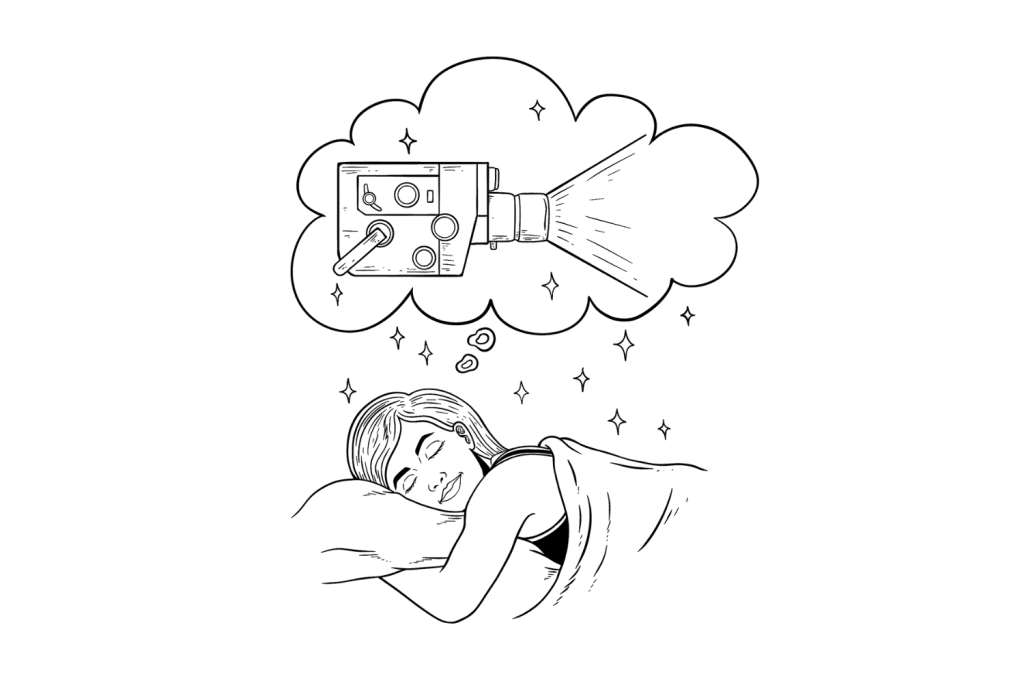
When you wake up, make it a habit to record anything you remember. It’s important to do this immediately upon waking. Studies have shown that we forget roughly 50% within the first few seconds upon waking and about 90% after about 10 minutes.
People who get into the habit of recording their dreams immediately upon waking report better dream recall over time.
As far as what you should include in these notes — anything goes.
Some people (myself included) prefer to just write free form — whatever comes to mind goes onto the paper. Most of the time, for me, this ends up looking like a long and chaotic bullet list. The formatting of these journals doesn’t actually matter — the only part that matters is that the memories are being transferred into the conscious mind. You can always clean them up later if you want.
So what happens if you don’t remember your dream? Write something down anyway! If you don’t remember your dream and skip the journaling, you’ll start to lose the instinct to write these down.
If I can’t remember my dream in the morning, I just write down that I didn’t have a dream at all and then start to describe how I’m feeling anyway. These entries are always much shorter than my actual dream reports, but the idea is simply to avoid breaking the habit so that when I do have a dream, I’m ready to record it the second I wake up in the morning.
3. Practice Reality Testing (While You’re Awake)
A big part of lucid dreaming involves setting up conditions in which you may notice you’re dreaming. Reality checks are a common method used to increase the chances you might realize you’re dreaming. As soon as this happens, you’re able to “wake up” within a dream.
Here’s how it works.
In dreams, many aspects of reality don’t follow the same rules. We can leverage these oddities by testing them throughout the day. If we perform these checks while we’re dreaming, and they fail, we come to the realization that we’re not awake.

Think of the spinning top in the movie Inception. The objects behaved differently if the participant was awake compared to if they were asleep.
The key with reality checks is to perform them often enough that it becomes second nature. It has to become a habit, or it won’t happen while you’re asleep.
Expect it to take two or more weeks of performing these tests every few hours during the day before you start to do it while you dream.
It’s sort of like leaving your house and then not being sure if you’ve locked the door. This happens because you’ve done this process so many times; you do it without even thinking about it. You begin to do it unconsciously.
Some common reality checks you can try:
- Look at a clock — as strange as this may be, clocks never work in dreams. This reality check is surprisingly reliable.
- Try to poke your finger through objects — when you’re awake, this won’t work, but in dreamland, you can poke your finger through physical objects such as a desk or the palm of your other hand.
- Bite your tongue (gently) — when you’re awake, it will hurt; when you’re dreaming, you won’t feel anything.
- Look at your reflection in a mirror — when you’re dreaming, your reflection will appear distorted or missing.
- Pinch your nose and try to breath — you’ll be able to continue breathing if you do this while you’re asleep.
- Look at your hands — some people find their hands look different while dreaming; others try and look through their hands to identify a dream.
4. The FILN Method
FILN stands for “finger-induced lucid dreaming.” It’s one of the many WBTB methods (wake back to bed). The idea is that you wake yourself up with an alarm about 1–2 hours earlier than normal and perform an action designed to keep your mind awake before allowing your body to fall back to sleep.
The FILN method involves moving your fingers as if you’re playing the piano or typing on a keyboard as you fall back to sleep.

The movement of your fingers on your bed or pillow activates centers in the brain in an attempt to keep your prefrontal cortex awake as you drift back to sleep. If successful, you’ll dramatically increase your chances of waking up in a dream.
5. Try the “Modified Castaneda” Technique
This method was derived from experiences in the book Journey to Ixtlan: The Lessons of Don Juan written by Carlos Castaneda.
The story follows an anthropologist who’s studying under a Mexican-Indian shaman by the name of Don Juan.
In order to find his “power,” the shaman instructs Castaneda to “setup dreaming.”
Here’s how to lucid dream, according to Don Juan himself:
- As you lay in bed, ready to fall asleep, gaze at your hands intently.
- Repeat to yourself, “I see my hands, and realize I’m dreaming.”
- Do this for a few minutes, place your hands at your side, and continue repeating the mantra as you fall asleep.
The beauty of the Castaneda method is that it not only helps you induce a lucid dream, or “setup dreams,” as Don Juan would put it — but it also helps you take control of your dreams.
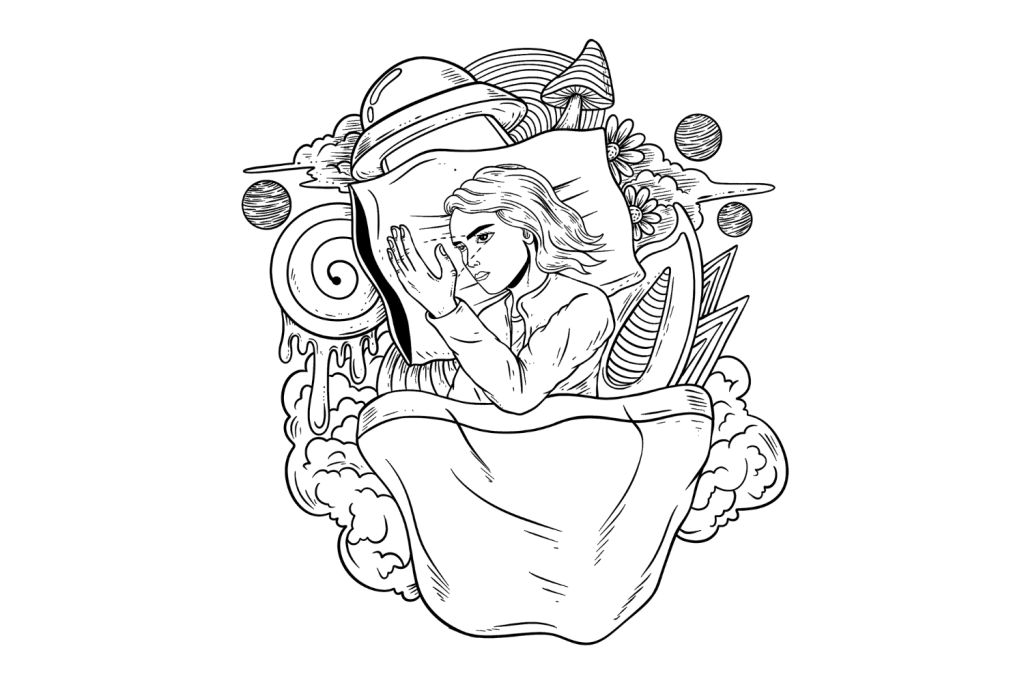
Here’s how it works:
Should you happen to gaze down at your hands while you’re in a dream (a “reality check”), focus on them intently. Every time you gaze away from your hands, the image will start to shift. Look back at your hands immediately when this happens. If you let the objects shift for too long, you’ll lose control.
Don Juan says that your hands are your source of power in a dream. You can look back at them and maintain control.
Keep looking at your hands, and glancing briefly beyond them. Only when you can gaze at things indefinitely without them shifting are you able to control your dreams.
The Modified Castaneda Technique: You can also choose to integrate the WBTB concepts to this practice — setting the alarm to go off about 1–2 hours before you wake up, and following the same process of gazing at your hands and repeating the mantra before you go back to sleep.
6. Try The WILD Method
WILD stands for “wake-initiated lucid dreaming.” This is a form of WBTB, so you’ll need to set an alarm to wake up roughly 4–5 hours after falling asleep, or 2 hours before your normal wake-up time.
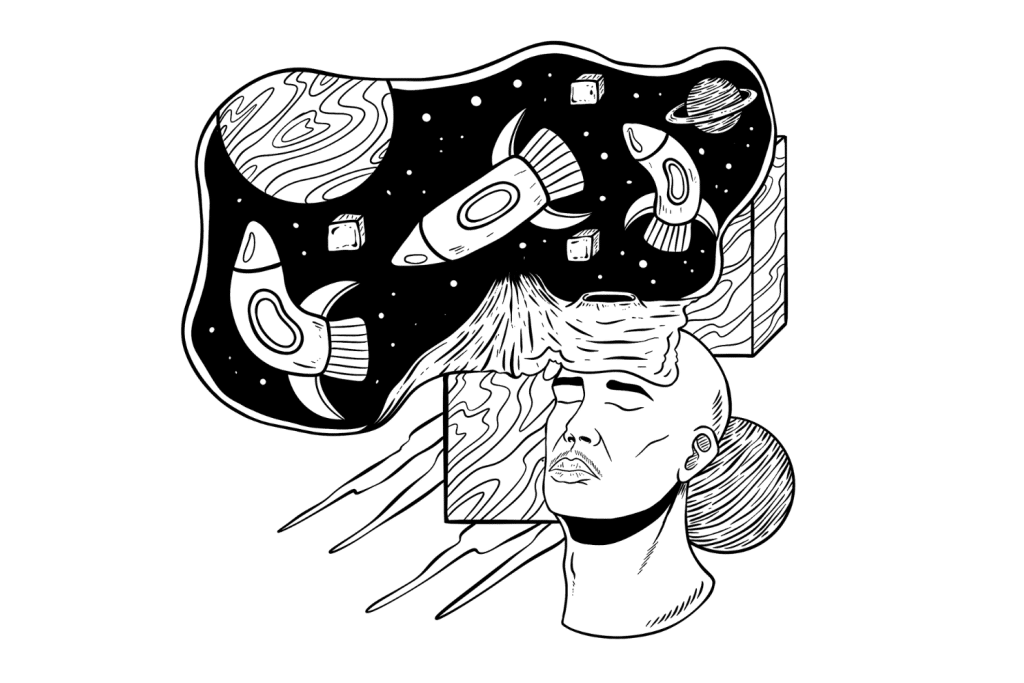
WILD works like FILD or MILD, but instead of focusing on a mantra, or moving your fingers, the goal is to focus on the patterns and shapes behind your eyelids. If successful, you’ll first enter a hypnogogic state, sort of like a trance. From here, lucid dreaming becomes much more likely.
Note: This method is much harder in practice than it sounds; I’d recommend trying the Castaneda technique or MILD methods first and only move up to the FILD or WILD methods if the other, less intrusive, methods don’t work.
7. Try The MILD Method
MILD stands for “mnemonic induction to lucid dreaming.”
There are two ways to go about this method.
The first is the passive method, which involves repeating a mantra before you go to sleep.
The second follows the same process, but instead of repeating the mantra when you fall asleep the first time, you set an alarm to go off about 4 or 5 hours after you fall asleep, and then repeat the mantra during the second round of sleep.
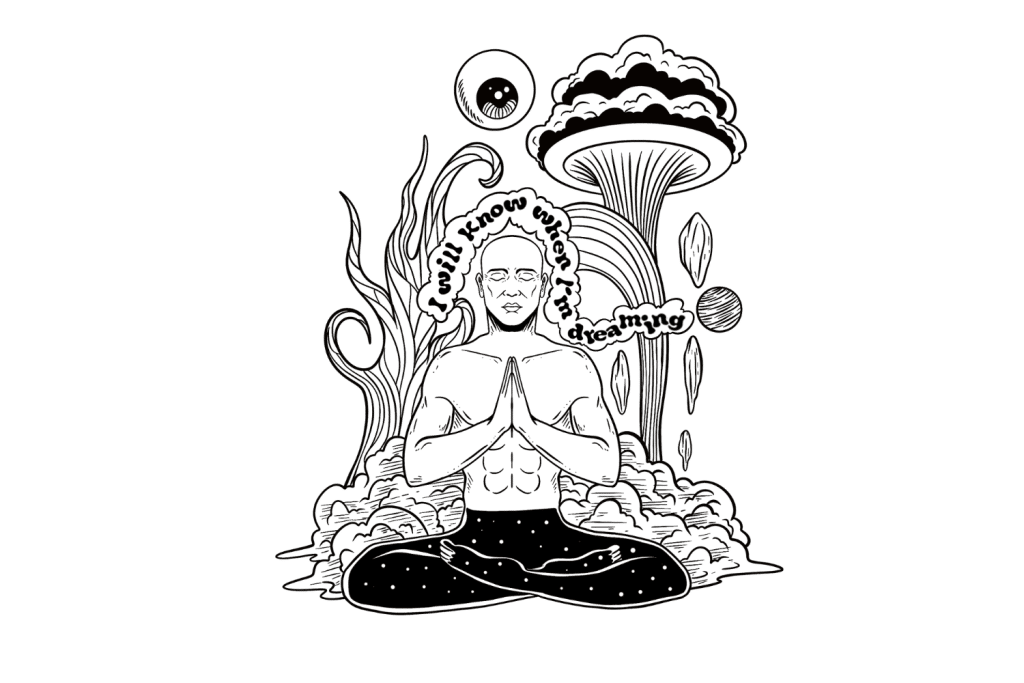
As a mantra, you could say something along the lines of “I will know when I’m dreaming,” or more simply, “I know I’m dreaming.”
You’re priming the brain to become aware of itself while you’re asleep later that night. By repeating these words as you fall asleep, you increase the chances of repeating them again later while you’re asleep.
If all goes well, you’ll recognize those words and realize you’re in a dream.
8. Try The DILD Method
DILD stands for “dream-induced lucid dreaming” — it refers to lucid dreams that occur spontaneously as a result of abnormally absurd dreams. The dreams are so strange the dreamer naturally starts to question reality. This goes beyond the normal oddities of dreams.

Entering lucidity through the DILD method relies on increasing the chances of having exceptionally strange dreams. The best way to do this is to use oneirogenic dream herbs like low dose Amanita muscaria, morning glory seed, datura leaf (caution!), or caffeine-containing herbs right before bed.
9. The SSILD Technique
SSILD stands for “senses initiated lucid dreaming” — it’s a combination of the WILD and DILD techniques with a twist.
This technique begins the same way as other WBTB techniques, which means you’ll need to set an alarm for around 4 or 5 hours after going to sleep. Once awake, get up, move around a little bit, and maybe do some reading. After about 20 minutes, go back to bed.
Where SSILD differentiates is the introduction of repeating cycles where the lucid dreamer focuses on individual somatic senses — starting with sight, then sound, then touch.
First comes the sense of sight. Close your eyes and focus on the darkness behind your eyes. Don’t strain, but pay attention to any spots, patterns, or fractals you might notice.
Next comes the sense of sound. Shift the focus away from your eyes and see what you can hear in the room around you. This could be your own breathing, or your partner beside you, the sound of the wind outside, or the dull whirring of appliances.
The final stage is touch. Pay attention to how your body feels. Pay attention to any tingling sensations, heaviness, warmness, the texture of your blanket, the beating of your heart in your chest, etc.

Once you’ve cycled through each of these three senses, simply repeat the process. Eventually, you’ll drift off to sleep.
The idea is that as you fall back asleep, your mind will pay attention to various sensations. It’s more likely to notice unusual sensations or experiences around you. You’re more likely to enter a lucid state once you notice how odd your current experience is.
10. Try Lucid Dream Devices
Prominent lucid dream researcher Dr. Stephen LaBerge and his team at the Lucidity Institute created what could be considered the first lucid dream tech called DreamLight in the 80s. It was worn like an eye mask and used light stimulation to induce lucid dreaming during the REM stages of sleep.
Since then, dozens of wearable lucid dream-inducing devices have come and gone. All of them attempt to stimulate the prefrontal cortex without waking the user up. These devices use light stimulation, sound stimulation, vibration, or a combination of all three. Some even feature sensors that can detect when the user is in a REM cycle to maximize the chances of inducing a lucid dream.
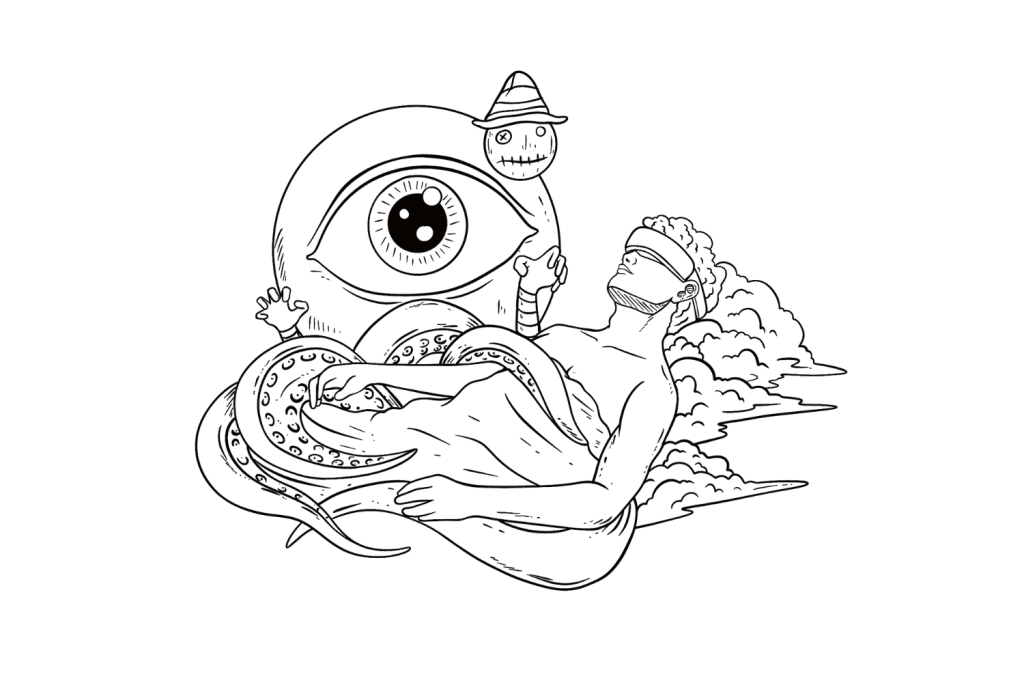
Unfortunately, these devices are hard to find and rarely remain on the market for very long. For the most part, they don’t do a great job, and other methods have a higher success rate (and are free).
With that said, here’s a list of lucid dream tech currently available:
11. Try Lucid Dream Apps
There are a lot of lucid dreaming apps that are full of gimmicks. Realistically, these apps have two legitimate advantages — they’re used to initiate reality checks and offer a convenient place to record your dreams the following morning.
Some apps also come with soundtracks you can listen to while you sleep that supposedly induce lucid states of consciousness. I’ve never found this to work.
Lucid dreaming apps are most useful if paired with wearable tech like the Apple Watch. By leveraging the advanced biometrics built into this device, the app can more accurately determine when the user is in REM sleep and initiate a reality check automatically while you’re already asleep.
My favorite lucid dreaming app is called Lucidity (Android and IOS). It’s an app installed on a wearable such as an Apple Watch that schedules periodic reality checks. It pings a message to your watch, asking the simple question, “are you dreaming.” You can also set a particular vibration pattern or “totem sound,” which is designed to train your mind to question reality the moment you hear it.
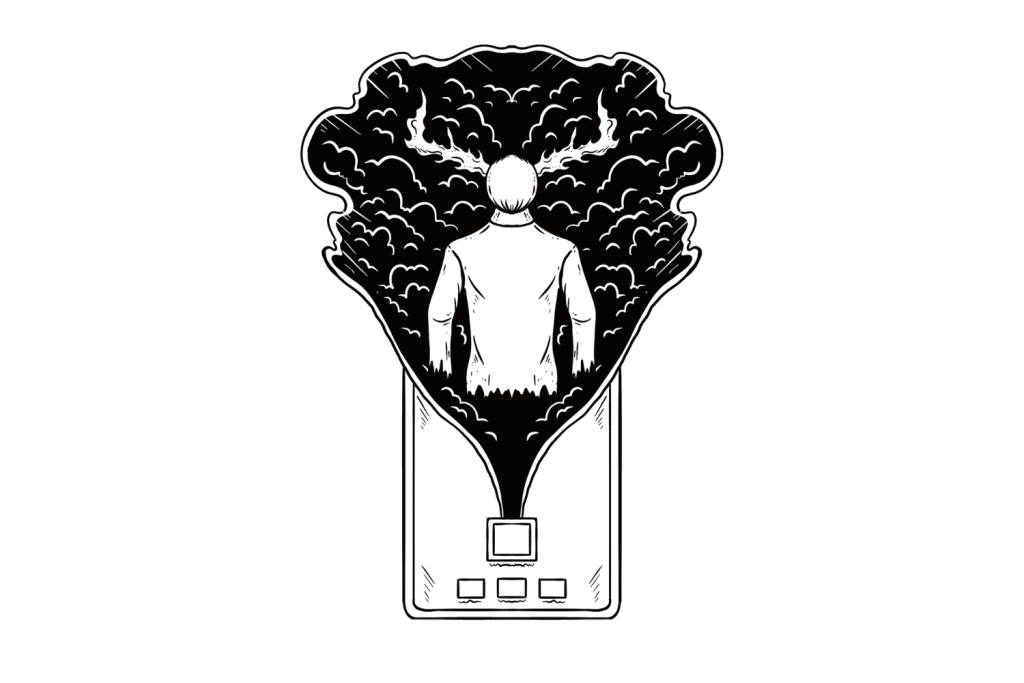
You can schedule how often you want the app to buzz you. I recommend setting it to three or four times per day max, so it’s not too intrusive.
Over time, you’ll become used to the particular vibration or totem sound the app sends to your wrist.
As you look down, try to seriously question whether or not you’re dreaming. This may sound odd to do while you’re clearly awake, but the more seriously you ask this question while you’re awake, the more likely you are to consider it while you’re dreaming.
With luck, when your wrist pings during the night, you’ll have the instinct to look down at your wrist out of habit and come to realize you’re in a dream.
Related: Apps That Take Your Trip To The Next Level.
12. Create Your Own Lucid Dream Ritual
There’s a lot more value in the practice of ritual than you might think. Civilizations have been using ritual for millennia as a way to induce altered states of consciousness and healing.
Our brains are programmed to fall into patterns. Rituals leverage this natural instinct by creating a repeatable process that trains the mind when it’s time to do something. As time goes on, the effectiveness of the ritual becomes stronger.
A lucid dream ritual is a specific protocol designed to prepare the mind for entering dreamland. The details of this ritual don’t actually matter.

You can integrate whatever aspects into this ritual that you want, as long as if meets the following criteria:
- It must be repeatable — simpler is usually better.
- The ritual should be optimized around sleep (nothing too stimulating).
- Meditate — this preps your mind for REM sleep, so the cycles begin faster, ensuring you reach the last and longest stage of REM sleep early the next morning.
An example of a lucid dream ritual may look something like this:
The more often you practice your “dream ritual” and set the intention of lucid dreaming before going to sleep, the more likely you are to experience a lucid dream. Your mind will start to adapt to the ritual, recognizing what’s about to happen, and will start to prepare naturally for sleep.
13. Optimize Your Bedroom For Sleep
This step is often overlooked, but it’s extremely important to optimize other aspects of your sleep to increase the time you spend in REM sleep so as to increase the odds of lucid dreaming.
Here are a few tips and tricks to optimizing your bedroom and bedtime routine to maximize sleep quality and the duration of REM sleep:
Use Programmable Lighting
Programmable and dimmable light bulbs, such as the Philips Hue lights, are an excellent hack to optimizing your bedroom for sleep.
You can program these lights to automatically transition to a more sleep-friendly yellow tone in the evenings.
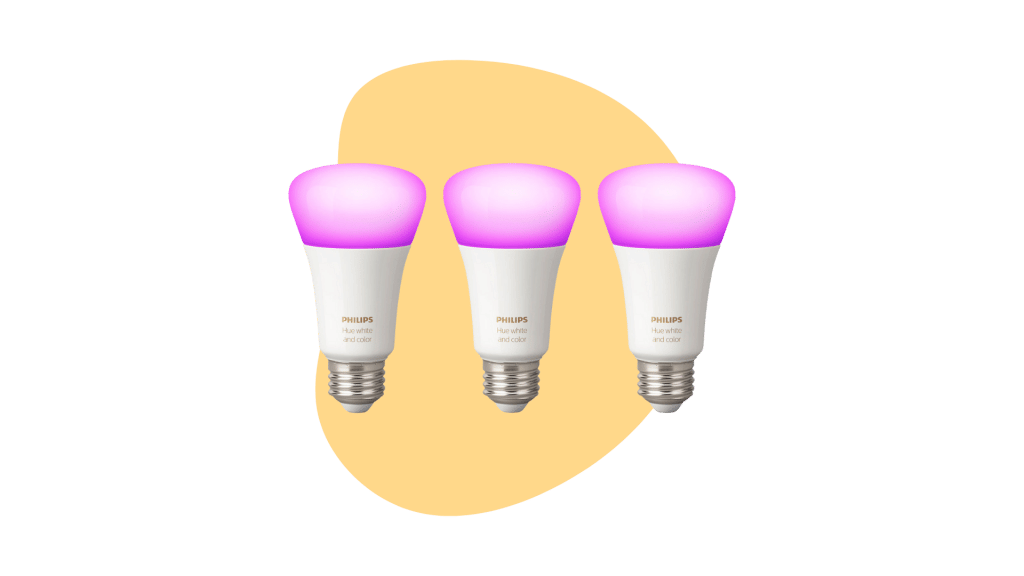
Blue light, especially from fluorescent lighting, has been shown to suppress the release of melatonin — which is responsible for controlling the sleeping portion of our sleep-wake cycle.
I set my Hue Lights to slowly shift to a yellowish hue starting around 6:30. Then, after 9:30, they transition to a full red color right before bed.
Get Blackout Curtains
Blackout curtains are especially useful for people living in the inner city where ambient light pollution can creep through windows and negatively influence sleep quality. They’re also a good option for people living far from the equator, where summer daylight can overlap with your sleep schedule.
Only Use Your Bed For Sleep (or Sex)
The more often you hang out in your bed without going to sleep, the less you’re going to associate it with sleep. This means when it comes time to go to sleep, your brain isn’t going to cooperate.
Don’t lay in bed texting or scrolling Instagram, don’t watch movies in bed and don’t work from your bed. The more often you do this, the harder it will be to sleep, and the less likely you will be able to lucid dream.
If the only time you spend in your bed is sleeping, simply laying down is going to trigger your brain to initiate the sleeping process — ultimately leading to better sleep (and therefore more time spent in REM).
Cut Yourself Off From Technology Before Bedtime
If you’re going to go as far as changing your lighting to improve your sleep quality, don’t go and negate this effect by staring at your phone screen before you go to bed.
The light from your phone and the stimulation of scrolling through social media stimulate your brain and inhibit the release of melatonin — ultimately making it harder to fall asleep.
It’s best to avoid screens for at least an hour before bedtime; longer is even better.
Clean Your Bedding Often
A poll from 2012 conducted by the US National Sleep Foundation reported that nearly three-quarters of people who answered the poll slept better on fresh sheets.
Clean sheets are softer, comfier, and smell better. Get yourself a high-quality natural laundry detergent and premium fabric softener, and aim to wash your sheets every week.
Lower the Thermostat Before Bed
According to the Sleep Foundation, the optimal temperature for sleeping is 15.5 to 19.5ºC (60 to 67ºF). Setting your thermostat to automatically reduce the temperature around bedtime will go a long way in optimizing the quality of your sleep.
14. Take Note of Your Dream Signs
As you record your dreams, you may notice some patterns emerging. Recognizing these patterns offers two main benefits.
The first benefit has to do with Jungian psychology and dream analysis. Dream symbolism offers us insights into the workings of our unconscious mind. It can show us what kinds of issues the psyche is focused on and could provide insight from what Carl Jung calls the collective unconscious (memories and experiences passed down from previous generations).
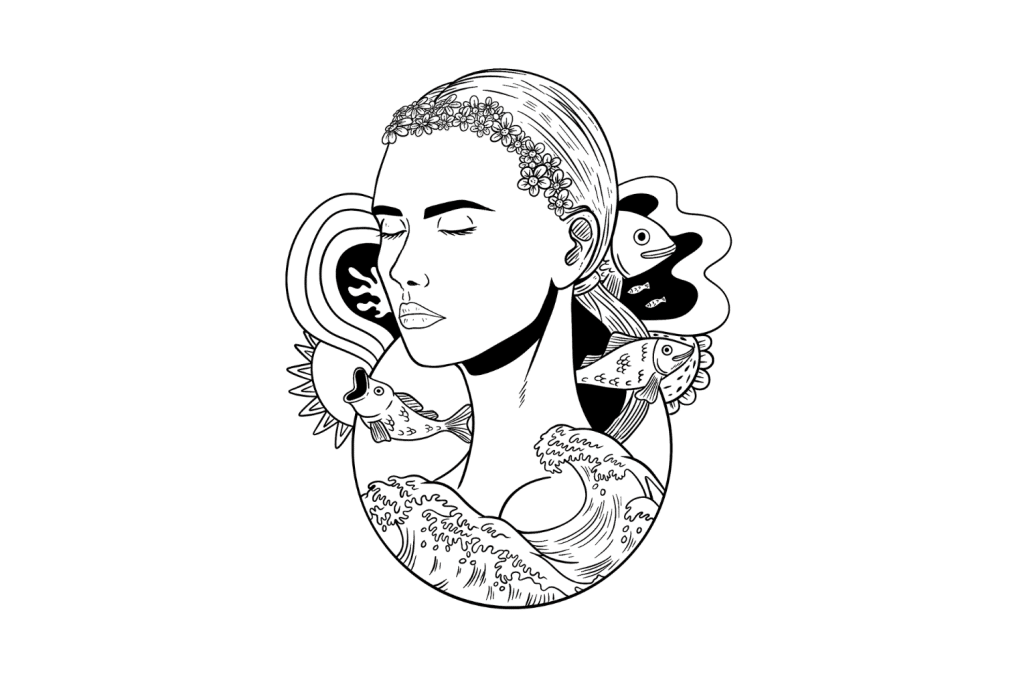
In the context of lucid dreaming, the most important benefit of noticing patterns is that they can help us recognize when we’re dreaming. If you often see the same strange images while you’re dreaming and take note of it, you’re more likely to realize you’re asleep when you see them — leading to a lucid dream.
15. Play Virtual Reality
A study from 2017 found that people who spent more time playing physically interactive games experienced lucid dreams more frequently than those playing non-interactive games or those who didn’t play games at all.
Physically interactive games, in the context of this study, refer to games like Wii fitness or virtual reality where the user is forced to move around.

This actually makes a lot of sense. These types of games, especially virtual reality games, immerse the user into a fictional world while maintaining control over their movements. This is essentially priming us to engage with lucid dreams once they occur.
You’ll still need to follow one of the other methods mentioned above in order to initiate the lucid dream, and it’s not helpful to play video games too close to bedtime as it can negatively affect our ability to enter deep REM sleep required for these dreams to take place.
How Do I Know If I’m Lucid Dreaming?
It’s simple — if you know you’re dreaming, you’re having a lucid dream.
When you’re having a non-lucid dream (which is most dreams), you won’t know you’re dreaming until you wake up.
Some ways people can tell they’re having a lucid dream include:
- You’re aware that you’re asleep and dreaming.
- You’re able to exert some control over what’s happening in your dream.
- You can force yourself to wake up from the dream.
Related: An Introduction to Astral Projection.
How To Control Lucid Dreams
Once you’ve entered a lucid dream, the next step is learning how to control it.
Some people can exert this control right away; others may need some practice to be able to influence the dream world. Without any control, the dreamer will feel as though they’re being taken along for a ride. They’re aware that they’re dreaming, but events will continue to happen to them without conscious control.
So how can dreamers take hold of the reins and control their dreams?
This is a complicated topic, but the most basic method dreamers use to control their dreams is to plant “dream seeds” — which are essentially expectations or intentions you set within the dream. These dream seeds then start to manifest in the world around you.
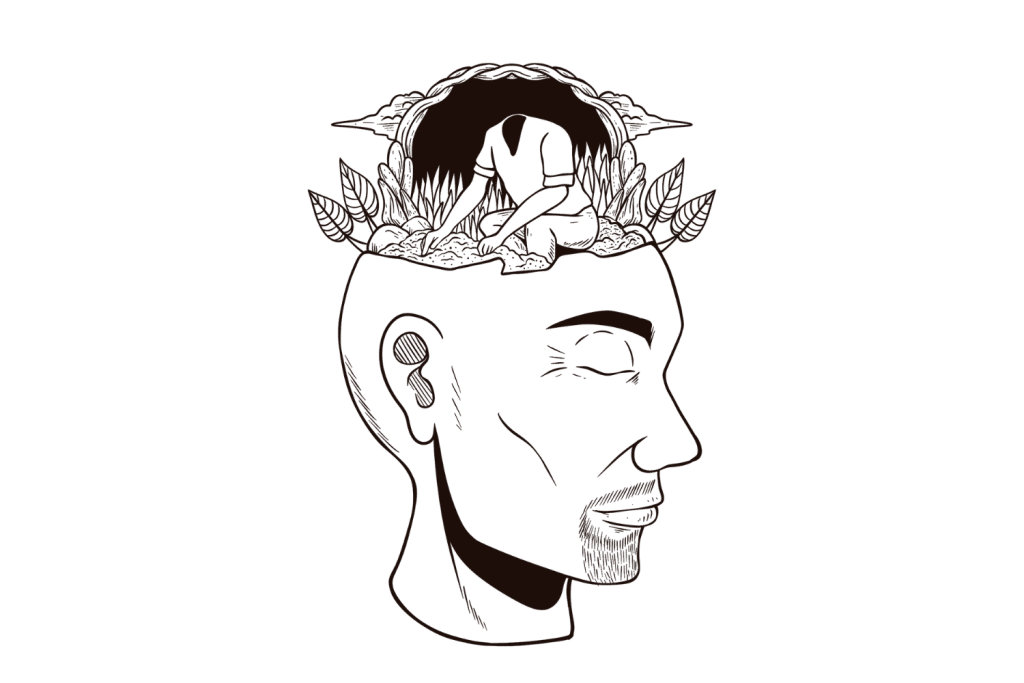
What Are Dream Seeds?
A dream seed is any image or idea that evolves through mental schemas to become something else.
We can plant dream seeds by imagining an object or person in our minds, which then quickly evolve and manifest into the dream world around us.
How to Wake Up From a Lucid Dream
A lot of people interested in lucid dreaming worry about not being able to wake up. While there are certainly some cases where users are temporarily frozen in a semi-dream state (sleep paralysis), this is rare and only lasts for a few minutes.
Most people who lucid dream can wake themselves up on command by simply willing it.
Sleep paralysis, on the other hand, is a form of hypnagogia, which can be quite terrifying if you’re not used to it. Visions during sleep paralysis are usually dark and uncomfortable, but through learning to control your semi-conscious mind, you can eliminate this source of fear until your body wakes up a few minutes later.
How to wake up from a lucid dream:
- Call out for help
- Start blinking repeatedly
- Tell yourself to “WAKE UP!”
- Fall asleep in your dream
- Try reading something
The Risks of Lucid Dreaming
You can’t die in a dream, no matter how nightmarish it may be. However, there are some downsides that come along with some of the practices used to help dreamers achieve a lucid state.
1. Insufficient Sleep
WBTB methods of lucid dreaming involve forcing oneself to wake up in the middle of the night.
It’s common for people to wake up in the middle of the night to perform a WBTB lucid dream technique, only to find they’re unable to fall back asleep for the rest of the night. This can dramatically affect how we feel the following day.
If this happens on a consistent basis, it can affect our mood, ability to resist stress, immune function, and even blood pressure levels.
2. Derealization & Depersonalization
Derealization involves a feeling that your surroundings aren’t real. Depersonalization involves a sense that oneself isn’t real.
The very definition of a lucid dream is realizing that the experience one is going through isn’t real.
Overall, this realization is believed to be evidence that the dreamer is more in touch with reality rather than out of touch. However, it’s possible that these experiences could fuel depersonalization and derealization in waking life in people who have a history of mania or psychosis and feel disconnected from reality already.
More research is needed to understand this phenomenon in more detail and what sort of risk lucid dreaming carries for people with dissociative disorders.
3. Sleep Paralysis
Sleep paralysis is the feeling of being awake but unable to move. It’s most common during a hypnagogic state when the user is in-between stages of being awake and being asleep.
People who have experienced sleep paralysis often report the feeling that they were being watched or physically threatened in some way. It’s also common to feel as though they’re being choked.

Sleep paralysis isn’t dangerous, but it can be extremely unsettling.
The techniques used to induce lucid dreaming also increase the chances of experiencing sleep paralysis.
Why Do We Dream?
There’s no definitive answer about why we dream, but there are a few pretty good theories.
Five theories about why we dream:
- Dreams help us consolidate memories.
- Dreams help us process emotions.
- Dreams help us confront potential threats.
- Dreams reflect unconscious fears & desires.
- Dreams maintain mental schemata.
Dreams & Schematic Processing
All of the above points come down to a concept used in psychology called ‘schemas.’
The mind uses schemas to organize knowledge and the relationships between them. They’re an essential component of our minds’ ability to make sense of new information and give us the ability to form new ideas and opinions about concepts we don’t yet understand.
Schemas serve as a heuristic approach for organizing new information and memories as well as pulling from existing libraries of knowledge. They let us fill in the blanks for information we haven’t yet acquired. This is in opposition to a deterministic approach, which requires verification — something that just isn’t available or would require too much effort to do on the fly.
The idea is that when we dream, we’re processing the schemas formed from new information we picked up during the day.
Non-REM dreams are believed to modify schemas to incorporate this new information — REM dreams test and verify them [2].
Dreams are essentially a visual representation of our mental schemas being tested through deterministic processes.
This could explain why we undergo several cycles of REM sleep throughout the night and why our body becomes so physically active during REM cycles. The verification process for the new schema requires a ton of resources and energy to perform. This means heart rate and breathing need to increase to meet the increased energy demands of the brain during REM sleep.
A Metaphor to Understand Schemas
Say our brains are a library full of random books and information. Schemas are like the directory of the library, making it possible for readers to find books of the same topic or books written by the same author. The directory makes it much faster to find what we’re looking for and provides guidance for the librarians about where to organize new books that arrive at the library.
Quotes About Dreams & Sleep
A ruffled mind makes a restless pillow.
Charlotte Brontë
Man is a genius when he is dreaming.
Akira Kurosawa
Happiness consists of getting enough sleep. Just that, nothing more.
Robert A. Heinlein
The best bridge between despair and hope is a good night’s sleep.
E. Joseph Cossman
Your future depends on your dreams, so go to sleep.
Mesut Barazany
Even a soul submerged in sleep is hard at work and helps make something of the world.
Heraclitus
There is a time for many words, and there is also a time for sleep.
Homer
When we are asleep in this world, we’re awake in another.
Salvador Dali
Related: Best Psychedelic Quotes & Sayings
Lucid Dream FAQs
We’ve summarized some of the most common questions we get asked about lucid dreaming. If you have further questions or feel something is missing from this guide, please send us a comment to feedback@tripsitter.com to help improve this guide further.
1. How Common is Lucid Dreaming?
Lucid dreaming is more common than you might think. Recent evidence suggests nearly 55% of people have experienced a lucid dream at least once in their lifetime, and about 23% of people experience lucid dreams at least once per month [1].
2. How Long Do Dreams Last?
It’s difficult to say for sure how long dreams last, but we can make an educated guess based on the amount of time spent in REM sleep — which is anywhere from 10 minutes to 2-hours.
There have been several studies exploring time dilation in dreams. All of these studies take advantage of a unique phenomenon of REM sleep where users lose control of their bodies but retain the ability to move the eyes.
In one study, a group of 5 proficient lucid dreamers were asked to count to 10, 20, and 30 while awake and again while in a lucid dream [8]. Once the time was reached, participants would move their eyes from one side to the other to communicate with researchers. Similar tasks were given, such as walking 10, 20, or 30 steps or performing squats.
While it took around 50% longer to perform physical tasks in the dream, there was no significant difference in the ability to count the seconds in the dream compared to being awake.
This suggests the timeline of dreams are approximately the same as waking life.
3. What Movies Involve Lucid Dreaming?
- 118 (2019)
- Lucid Dream (2017)
- Source Code (2011)
- Inception (2010)
- Paprika (2006)
- Eternal Sunshine of the Spotless Mind (2004)
- Vanilla Sky (2001)
- Waking Life (2001)
- The Matrix (1999)
- What Dreams May Come (1998)
- Total Recall (1990)
- Flatliners (1990/2017)
- Dreamscape (1984)
- Altered States (1980)
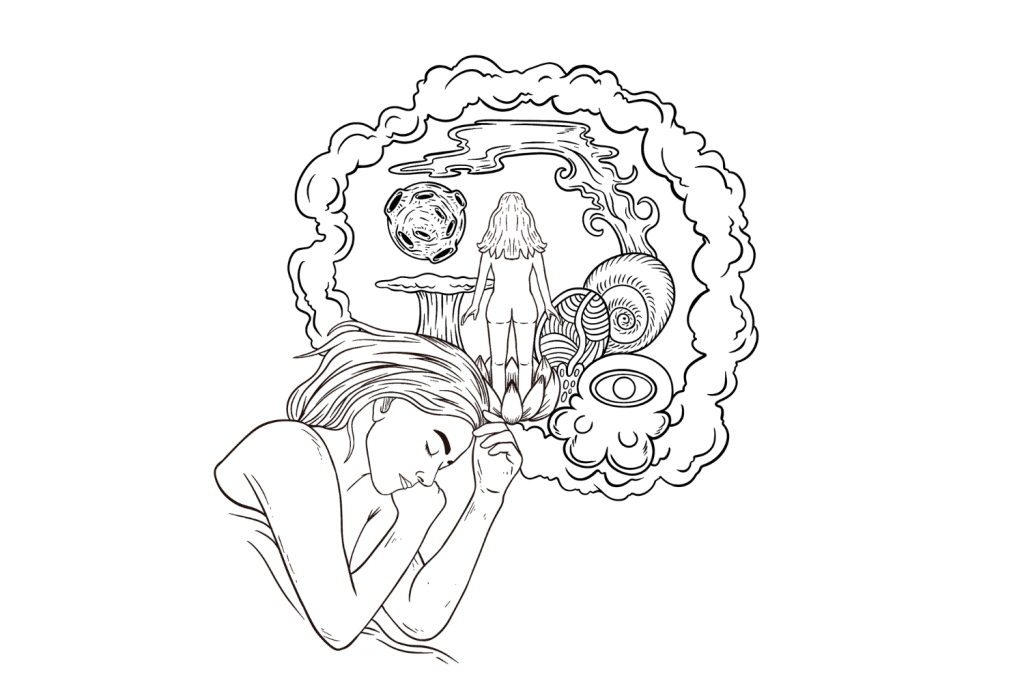
References
- Saunders, D. T., Roe, C. A., Smith, G., & Clegg, H. (2016). Lucid dreaming incidence: A quality effects meta-analysis of 50 years of research. Consciousness and cognition, 43, 197-215.
- Coutts, R. (2008). Dreams as modifiers and tests of mental schemas: an emotional selection hypothesis. Psychological Reports, 102(2), 561-574.
- Halliday, G. (1987). Direct psychological therapies for nightmares: A review. Clinical psychology review, 7(5), 501-523.
- Holzinger, B., Saletu, B., & Klösch, G. (2020). Cognitions in sleep: Lucid dreaming as an intervention for nightmares in patients with posttraumatic stress disorder. Frontiers in Psychology, 11.
- Zadra, A. L., & Pihl, R. O. (1997). Lucid dreaming as a treatment for recurrent nightmares. Psychotherapy and Psychosomatics, 66(1), 50-55.
- El-Solh, A. A. (2018). Management of nightmares in patients with posttraumatic stress disorder: current perspectives. Nature and science of sleep, 10, 409.
- Levin, R., & Nielsen, T. A. (2007). Disturbed dreaming, posttraumatic stress disorder, and affect distress: a review and neurocognitive model. Psychological Bulletin, 133(3), 482.
- Erlacher, D., Schädlich, M., Stumbrys, T., & Schredl, M. (2014). Time for actions in lucid dreams: effects of task modality, length, and complexity. Frontiers in psychology, 4, 1013.
- La Berge, S. P. (1980). Lucid dreaming as a learnable skill: A case study. Perceptual and Motor Skills, 51, 1039-1042.

